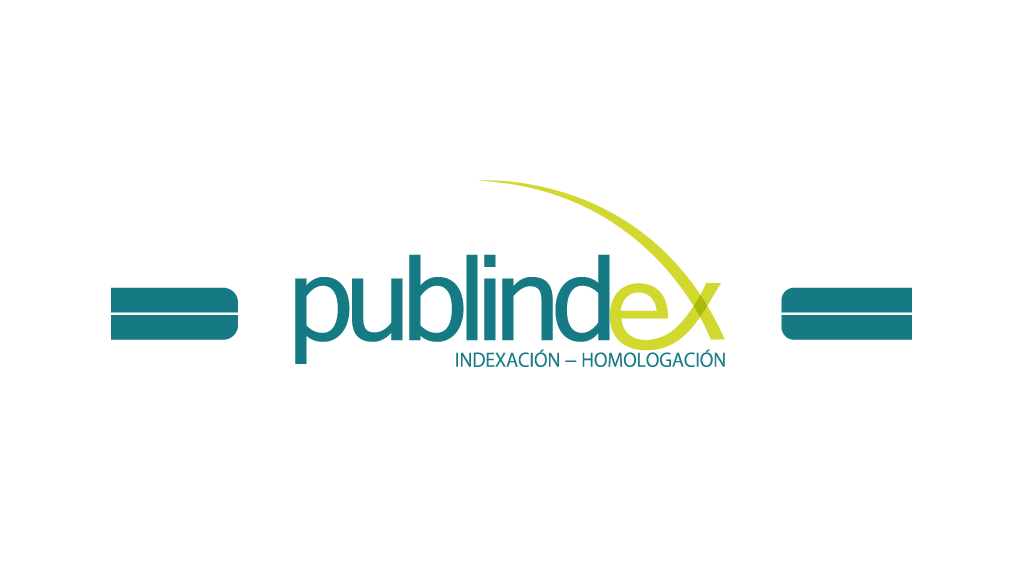Authors who publish in this journal agree to the following terms:
Acta Colombiana de Psicología complies with international intellectual property and copyright laws, and particularly with Article No. 58 of the Political Constitution of Colombia, Law No. 23 of 1982, and the Agreement No. 172 of September 30, 2010 (Universidad Católica de Colombia Intellectual Property Regulation).
Authors retain their copyright and grant to the Acta Colombiana de Psicología the right of first publication, with the work registered under Creative Commons attribution license, which allows third parties to use the published material, provided they credit the authorship of the work and the first publication in this Journal.
Abstract
The objective of this research was to establish whether the diaphragmatic breathing affects the performance o fan fine motricity work. An experimental posttest was used. The participants were 16 women between 18 an 25 years. The experimental group was trained in diaphragmatic breathing and further evaluated in fine motricity on the purdue pegmoard. During the execution of the test the breathing frequency per minute was measured and were registered 6 kinds of mistake altogether the correct trials. The results suggest that the diaphragmatic breathing pattern influences on the motricity executions, which supports new investigation questions. The roll of learning on the breathing pattern modification is discussed in this sort of experiments oriented to base the clinical practice.

References
Alpher, V.S., Nelson, R.B. & Blanton, R.L. (1977). Performance and learning during voluntary control of breath patterns. Journal Applicated Physiology. 42, 717-721.
Amador, M.J. & Tobin, M.J. (1991). Effect of alterations in mental activity on the breathing pattern in healthy subjects. American review respiratory disease. 3, 481-487.
Blanc-Gras, N., Esteve, F., Benchetrit, G & Gallego, J. (1994). Performance and learning during voluntary control of breath patterns, Biological-Psychology. 2, 147-159.
Bourland, J. (1998). Breathing lessons, Breathing techniques to reduce stress and depression and increase endurance. 1, 183-193.
Conde Pastor, M. & Menéndez, F.J. (2000). Mejoras en el aprendizaje con biofeedback mediante la respiración. Madrid. En prensa.
Jefferies, A & Turley, A. (2000). Aparato respiratorio. Madrid: Harcourt.
Lafayette Instrument. (1999). Test administrator’s manual, Quick referent guide for the purdue pegboad # 32020. Francia.
Lapaiz, J.A. (1998). Breathe correctly, Medical of family. 35,26-28.
Meyer, P. (1985). Fisiología Humana. Barcelona: Salvat.
Mitchell, H.L., Hoit J.D. & Watson, P.J. (1996). Cognitive-linguistic demands and speech breathing, Journal Speech Hear Res. 1, 93-104.
Naveen, K.V., Nagarathna, R & Tellez, S. (1997). Yoga breathing through a particular nostril increases spatial memory scores without lateralize effects. Psycological Report. 2, 555-561.
Richter, H.E., Enderlein, J., Enderley, J., Knust, U., Schmidt, K.H y Wiedemann, R. (1989). Effects of a breath relaxation training, Perspectives on research in emotional stress. 3, 239-249.
Sakya (2000). Diaphragmatic Breathing, Review Yogic. 1, 12-16.
Vidal (1978). Anatomía Fisiología e Higiene. Buenos Aires: Stella.
Woodworth, S.T. & Schlosberg, H. (1954). Psicología Experimental. New York: Eudeba.



























